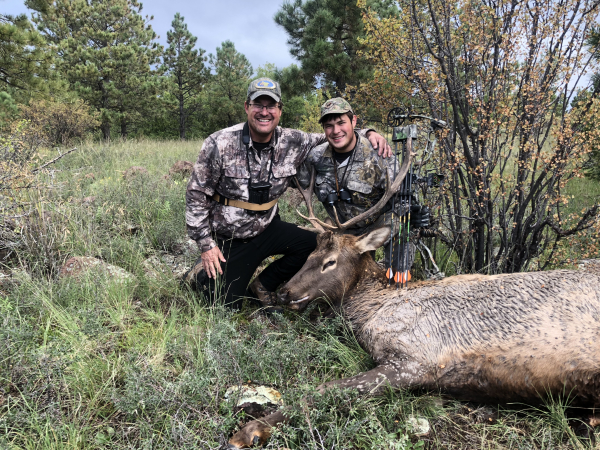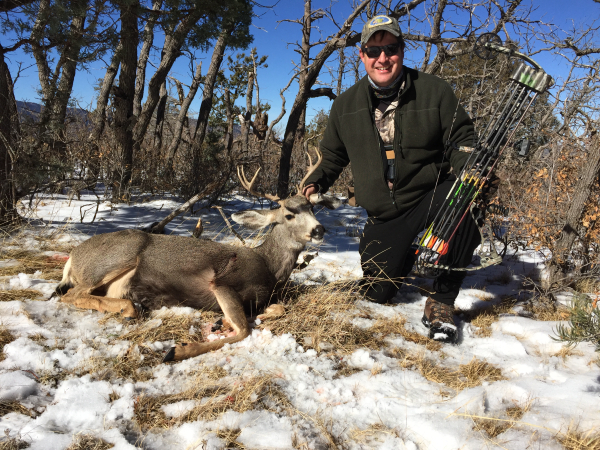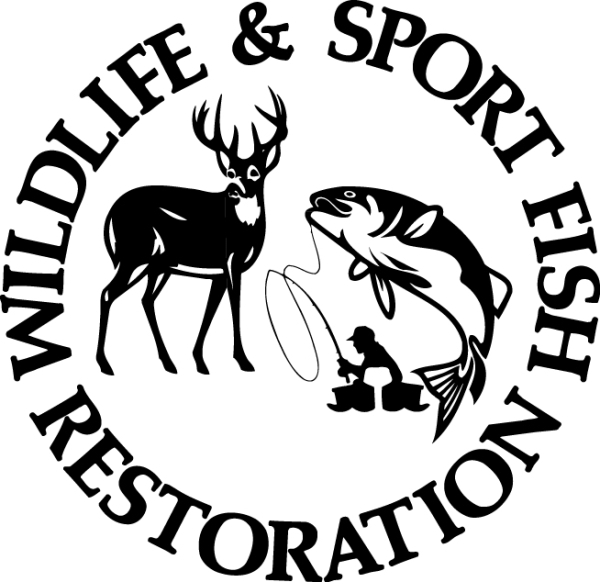
Folks, here is someone I don’t get the opportunity to talk to very often – a USFWS Chief. And honestly, I could use more than just five minutes to chat with him. There is so much I don’t know about their role in our world of conservation and wildlife management as let’s be honest – it goes deep! But I would like to learn more – and I hope you do, too. Therefore, please meet Cliff Schleusner, Chief of the Wildlife and Sport Fish Restoration Program of the U.S. Fish and Wildlife Service, Southwest Region and lucky for us, an avid bowhunter. He administers conservation funding to state fish and game departments in Arizona, New Mexico, Oklahoma and Texas, monies partly derived from the Pittman-Robertson Act. He is based in Albuquerque, New Mexico. Enjoy this brief conversation. Michelle Scheuermann, editor, Archery Wire. (All photos courtesy of Cliff Schleusner)
Q: How did you get into archery and bowhunting?
A: I started shooting a bow in the early 1980s while still in high school. Were it not for a motorcycle, I may have entered into bowhunting much later. I traded a bike to my older brother for his hand-me-down Jennings Forked Lightning bow. I took a javelina with that bow and have been hooked ever since. I continued shooting through college at the University of Arizona, where I earned a B.S. in Wildlife and M.S. in Fisheries. I remain grateful to Arizona Bowhunters Association for a scholarship that helped see me through. I’ve since upgraded my gear and have hunted caribou on the North Slope in Alaska, and deer and elk in the Southwest.

Q: Where have you worked since college?
A: I have been with the U.S. Fish and Wildlife Service nearly 24 years. I started in Arizona in fisheries management and then moved to Alaska, wading waist deep into subsistence fish management. I transferred to the USFWS’s Wildlife and Sport Fish Restoration Program while in Alaska. Three years ago, I returned to the Southwest to lead the program. I have 11 people on board: fiscal staff, administrative support, and fish and wildlife biologists.
Q: How does the archery business help conservation?
A: It’s huge—on so many levels. The Pittman-Robertson Act requires archery manufacturers to pay an 11 percent federal excise tax on bows, arrows, and select accessories. It’s a cost of doing business, much like the cost of glue to fletch arrows; the cost is passed on to the consumer—the hunter. When a hunter buys a bow, and then a hunting license, all the constituent parts come together to fund science-based conservation with your state fish and game agency. The agencies propose conservation projects and my staff review the proposals. The P-R funds pay 75 percent of conservation work while hunting license fees allow the state agencies to pay the remaining 25 percent costs. Hunters shoulder the burden. In return, the American public gets science-based wildlife management performed by highly trained professionals; more access to hunting—of all weapon types; more shooting ranges for firearms and archery.

Q: Any thoughts for the future?
 |
A: Bowhunting seems to be a growing trend in the hunting population. The Wildlife and Sport Fish Restoration Program touches archery at all levels via the National Archery in the Schools Program (NASP). From the classroom to the field, archery figures in conservation education, to harvest, and then to the plate. Conservation is an investment in the future and I have the greatest confidence in the professionals who manage wildlife. I’m grateful to the visionaries who in the late 1930s crafted what became the Pittman-Robertson Act to secure wildlife conservation for me and my family into the future. The big game application period for New Mexico closes tomorrow and I look forward to seeing which archery tags I draw.